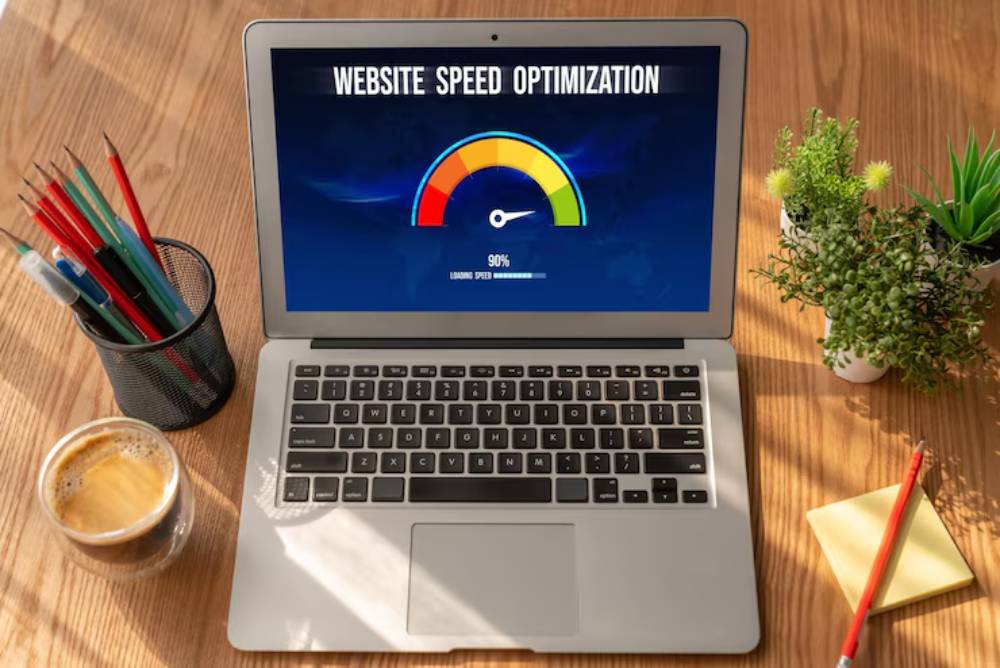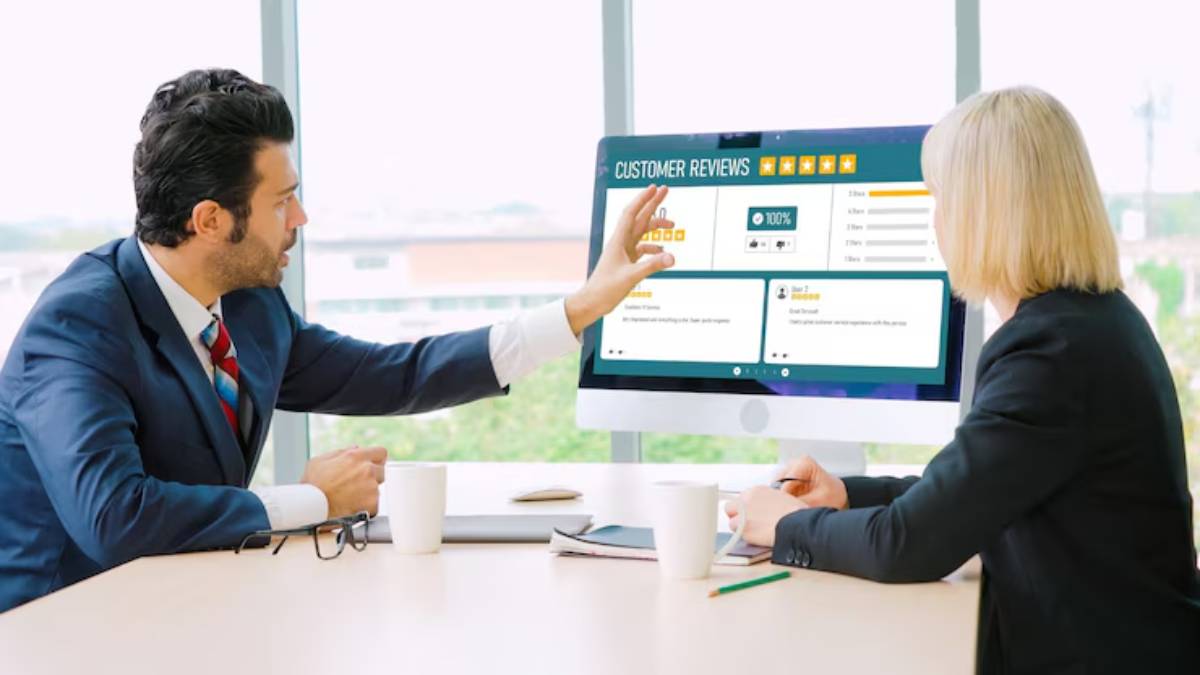
How to Use SEO to Drive Traffic to Your Digital Product
Building a brilliant digital product is only the first step. Getting people to find it is the real challenge.
That is where SEO strategies come in. By mastering keyword optimisation and boosting organic traffic, you can bring in users who are already looking for what you offer — without paying for ads.
This guide will show you how to use simple, practical SEO techniques to get your digital product noticed and loved by the right audience.
Pro Tip: Good SEO is about helping real people, not just pleasing search engines.
Quick Guide: How to Drive Organic Traffic with SEO
- Research keywords your audience is searching for.
- Optimise your website and product pages.
- Create helpful, keyword-rich content.
- Build quality backlinks from trusted sources.
- Improve site speed and mobile experience.
- Monitor your SEO progress and adjust based on real data.
Important: SEO is a marathon, not a sprint — steady effort wins the race.
Step-by-Step Guide to SEO for Digital Products

Step 1: Research the Right Keywords
Keywords are the words and phrases your future customers type into Google. Choosing the right ones is key to SEO success.
How to find the best keywords:
- Use tools like Google Keyword Planner, Ahrefs, or Ubersuggest.
- Focus on long-tail keywords (e.g., “best budgeting app for students”).
- Look for keywords with decent search volume but lower competition.
- Think like a user — what would you type if you wanted your own product?
Pro Tip: Long-tail keywords bring more targeted, ready-to-buy visitors who are closer to taking action.
Step 2: Optimise Your Website Pages
Your website should make it easy for Google — and visitors — to understand what you offer.
Key on-page SEO actions:
- Place your main keyword in the page title, headings, first paragraph, and meta description.
- Keep your URL short, clear, and keyword-focused.
- Use alt text on images for accessibility and SEO.
- Make sure headings (H1, H2, H3) are structured logically.
| Good Practice | Poor Practice |
| URL: /budget-app-students | URL: /page123?id=456 |
| Title: “Best Budget App for Students” | Title: “Homepage” |
Quick Tip: Write naturally — do not force keywords where they do not belong.
Step 3: Create Helpful Content Around Your Product
Content is what keeps your website alive in Google’s eyes — and in the minds of your users.
Smart content ideas include:
- “How-to” guides that solve real user problems.
- Product comparisons that show why your solution is best.
- Blog posts answering common questions about your industry.
- Case studies showing successful customer stories.
Sustainability Tip: Focus on evergreen content that stays useful over time, not just trendy topics.
Step 4: Build Backlinks from Trusted Sources
Backlinks tell Google that other people trust your site, making you rank higher.
Ways to earn backlinks:
- Write guest posts for popular blogs in your niche.
- Create shareable infographics and resources.
- Join podcast interviews or online summits.
- List your product on respected directories.
Important: Aim for backlinks from relevant, high-quality sites — not random low-quality ones.
Step 5: Improve Site Speed and Mobile Experience

Speed and mobile friendliness are essential parts of SEO. Slow-loading or poorly designed mobile sites lose both traffic and trust.
Key actions:
- Compress large images without losing quality.
- Remove unnecessary scripts or plugins.
- Choose a fast, reliable hosting provider.
- Make sure buttons and menus are easy to tap on mobile screens.
| Good UX | Bad UX |
| Loads in under 3 seconds | Loads in 6+ seconds |
| Big, readable fonts on mobile | Tiny, cluttered text |
Pro Tip: Test your website on multiple devices and browsers to catch hidden issues.
Step 6: Monitor Your SEO Performance Regularly
Tracking your progress is just as important as taking action.
Metrics to watch include:
- Organic traffic growth (Google Analytics).
- Keyword rankings (Google Search Console).
- Click-through rates (CTR) from search results.
- Bounce rates and average session duration.
| Metric | Healthy Range |
| Bounce Rate | 40–60% |
| CTR | 2–5% |
| Organic Traffic Growth | 5–10% monthly |
Quick Tip: Set monthly SEO review sessions to tweak your strategy based on real results.
Step 7: Stay Consistent and Keep Improving
SEO is not a one-time fix. The best results come from ongoing effort.
Consistency tips:
- Update old blog posts with fresh information.
- Publish new content regularly.
- Refresh meta titles and descriptions if rankings drop.
- Keep earning new backlinks every month.
Important: SEO rewards those who show up and keep improving — even when results are slow at first.
Recommended SEO Tools for Beginners and Small Teams
Here are simple tools that make SEO easier for you:
| Tool | Best For |
| Google Search Console | Free keyword and site health tracking. |
| Ubersuggest | Easy keyword research and content ideas. |
| Yoast SEO (WordPress) | On-page SEO checks. |
| Ahrefs Webmaster Tools | Site audits and backlink reports. |
| Surfer SEO | Content optimisation based on top-ranking pages. |
Warning: Tools are helpers — not shortcuts. Good SEO still depends on real value for users.
Frequently Asked Questions
How long does SEO take to show results?
You might see small wins in 3–6 months. Bigger traffic gains often appear after 6–12 months of steady, focused effort.
Should I focus on SEO or paid ads?
Both have value. Paid ads bring quick bursts of traffic. SEO builds steady, free traffic that lasts longer.
How many keywords should I target per page?
One main keyword and a few closely related ones. Keep it natural — keyword stuffing harms your rankings.
Is blogging really necessary for SEO?
Yes. Blogs attract organic traffic, build authority, and create more chances to rank for different keywords.
What is the biggest mistake to avoid in SEO?
Ignoring the user experience. If your content is hard to read, slow to load, or irrelevant, no amount of keywords will save it.
Use SEO to Grow Your Digital Product

Creating a brilliant product is the first step. Getting people to find and love it — that is the real challenge.
By using smart SEO strategies, mastering keyword optimisation, and steadily growing your organic traffic, you turn your idea into a success story. Patience, persistence, and focus on helping your audience are the real keys.
Optimise wisely. Serve genuinely. Grow consistently.


